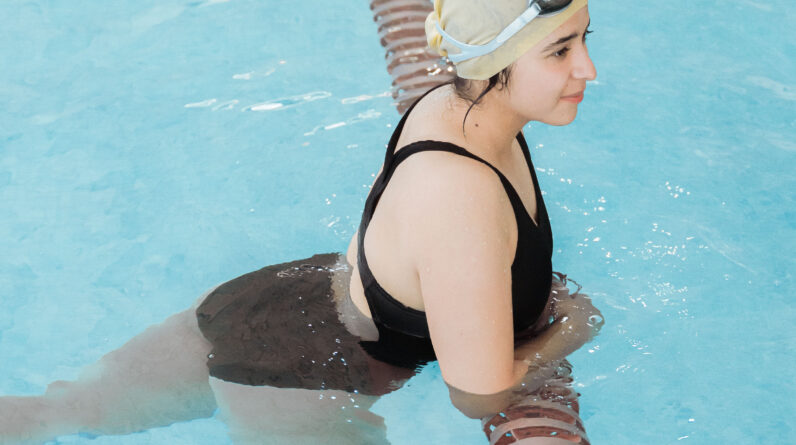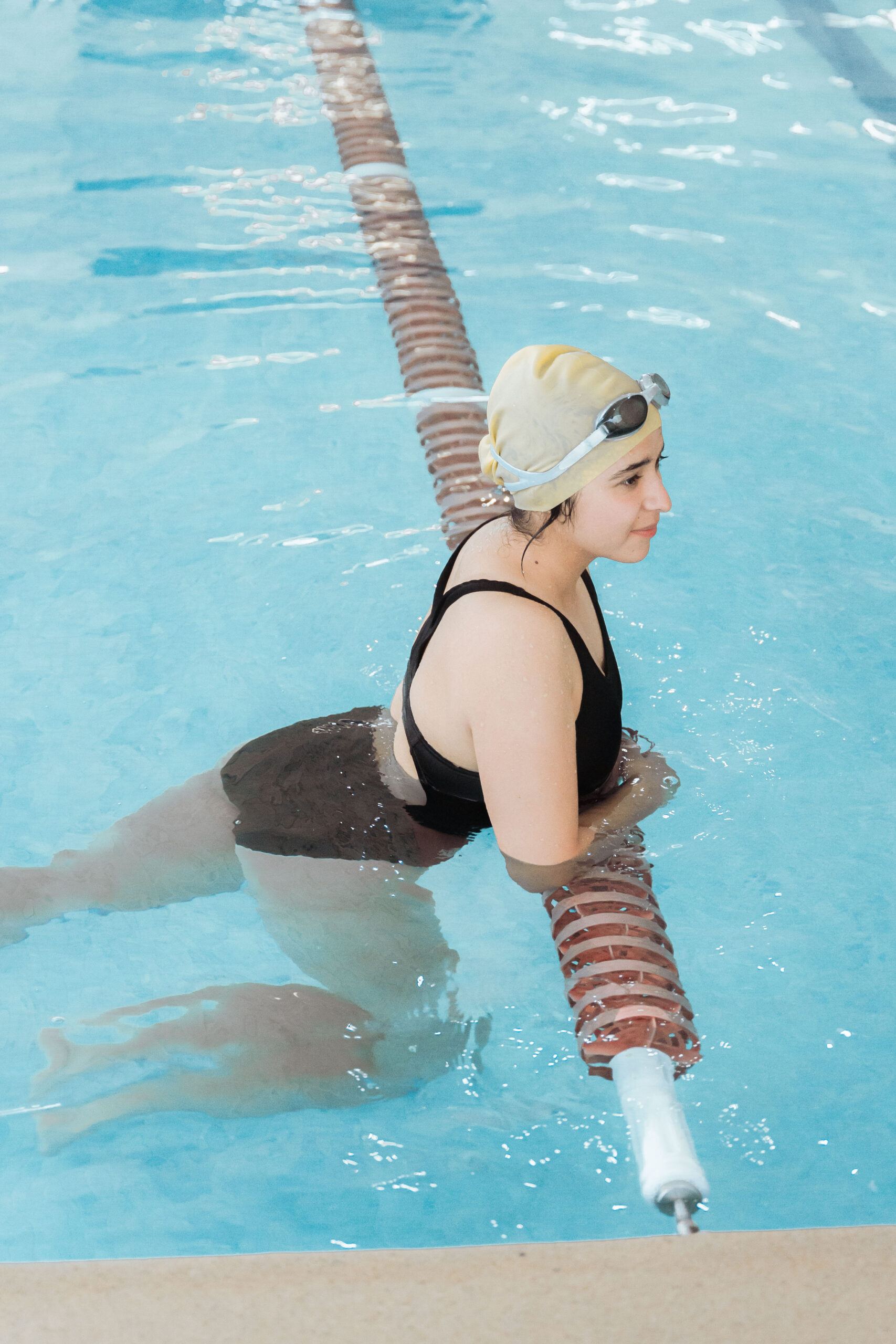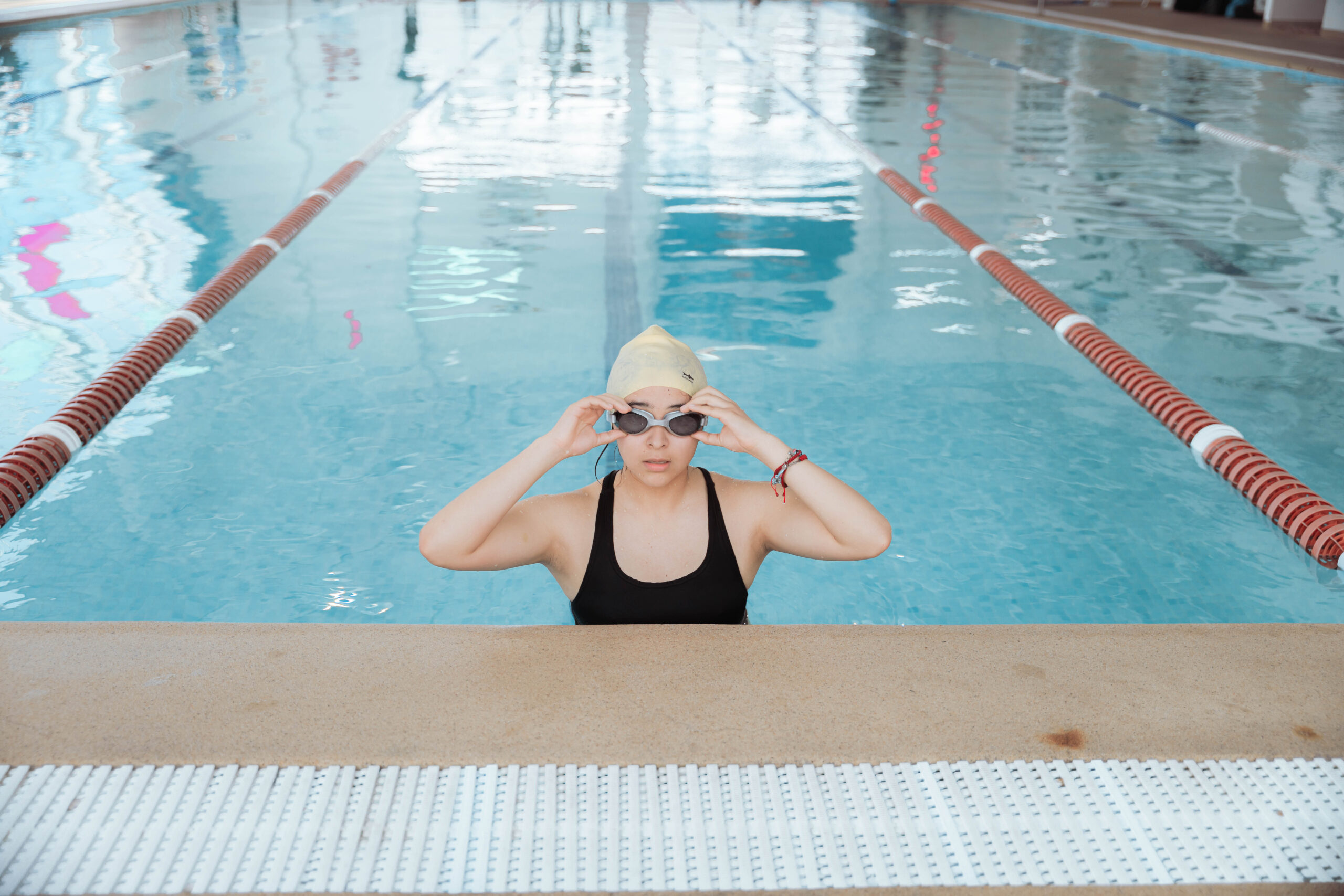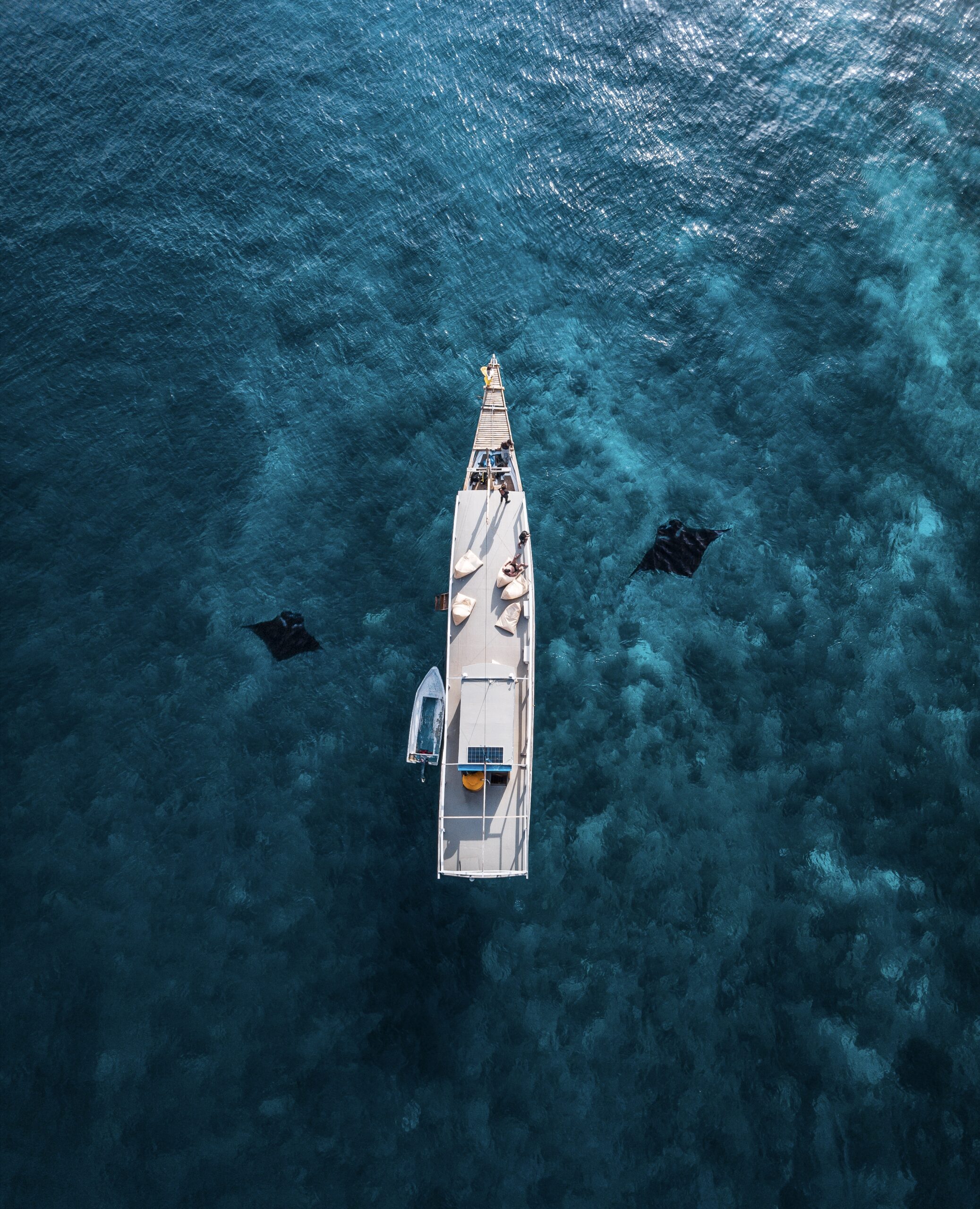
Imagine gliding across calm waters, the gentle waves lapping against the sides of your kayak as you navigate through scenic landscapes. But have you ever wondered just how stable those inflatable kayaks are? In this article, we will delve into the world of inflatable kayaks and explore their stability, debunking any misconceptions and providing you with a clearer understanding of these versatile watercrafts. So, grab your paddle and let’s embark on an adventure to uncover the truth about the stability of inflatable kayaks!

Factors Affecting the Stability of Inflatable Kayaks
When it comes to inflatable kayaks, stability is one of the crucial factors that every paddler considers. Whether you are a novice or an experienced kayaker, having a stable kayak is essential for a safe and enjoyable paddling experience. But what exactly affects the stability of inflatable kayaks? Let’s explore the different factors that play a significant role in determining the stability of these versatile watercraft.
Design and Shape
The design and shape of an inflatable kayak significantly impact its stability. The two main design factors to consider are the kayak’s profile (low or high) and the type of hull it possesses (V-shaped or pontoon shape).
Low Profile vs. High Profile
A low-profile inflatable kayak tends to have a smaller height from the waterline, making it more stable. It provides better resistance to wind, making it less susceptible to tipping over. On the other hand, a high-profile kayak offers more freeboard and can handle rougher water conditions. While it may sacrifice some initial stability, it provides excellent secondary stability as the kayak leans into turns.
V-Shaped Hull vs. Pontoon Shape
A V-shaped hull in an inflatable kayak offers better tracking and maneuverability. It cuts through the water more efficiently, providing greater stability. On the other hand, a pontoon-shaped hull provides exceptional stability in calm water conditions. It has a wider base, delivering excellent primary stability that beginners often prefer.
Rocker Profile
The rocker profile refers to the curvature of the kayak’s hull from bow to stern. A kayak with more rocker is maneuverable and performs well in whitewater conditions. However, it sacrifices some stability. A kayak with less rocker offers better stability but may not handle as well in fast-moving water.
Skeg or Fin Configuration
Some inflatable kayaks come equipped with a skeg or fin. This feature provides additional stability and improves tracking by reducing side-to-side drift. It makes a kayak more predictable and easier to control, especially in windy conditions or when the current is strong.
Material and Construction
The material and construction of an inflatable kayak play a vital role in determining its stability, durability, and overall performance.
Denier and Thickness
Denier refers to the thickness and strength of the kayak’s fabric. Higher denier ratings indicate a more durable kayak that can withstand more challenging conditions. Additionally, thicker materials provide better stability as they are less prone to flexing or bending under load.
Drop-Stitch Construction
Inflatable kayaks with drop-stitch construction offer superior stability. This construction technique involves thousands of interconnected threads that create a rigid and stable structure. Drop-stitch kayaks can handle higher pressures and provide excellent stability even in choppy water.
Multiple Air Chambers
Inflatable kayaks with multiple air chambers provide an added safety feature. If one chamber gets punctured or deflates, the remaining chambers maintain buoyancy and stability. It allows you to safely reach the shore without compromising your stability or safety.
Reinforced Hull
Some inflatable kayaks feature reinforced hulls, commonly made of durable PVC or other reinforced materials. These reinforced hulls enhance stability and durability, making the kayak more resistant to impacts from rocks or other sharp objects.
High Tensile Strength
The tensile strength of the kayak’s material is an essential factor to consider when assessing stability. Higher tensile strength means the kayak can withstand greater stress and pressure, providing enhanced stability even when loaded with heavier gear or paddlers.
Width and Length
The width and length of an inflatable kayak impact its stability, maneuverability, and performance on the water.
Primary Stability vs. Secondary Stability
Primary stability refers to the initial stability when you first enter the kayak. A wider kayak typically offers greater primary stability, making it easier to maintain balance while getting in or out of the kayak. Secondary stability comes into play when you tilt or lean the kayak during paddling. Longer kayaks with narrower widths tend to have better secondary stability, allowing for more responsive and agile maneuvering.
Beam Width
The beam width of an inflatable kayak is the width of the kayak at its widest point. A wider beam provides better stability, especially for beginners or those looking for a more relaxed paddling experience. However, a narrower beam offers increased agility and faster speed but sacrifices some stability.
Length-to-Width Ratio
The length-to-width ratio of an inflatable kayak affects its stability and speed. A longer kayak with a higher length-to-width ratio provides faster speeds but may be less stable. Conversely, a shorter kayak with a lower length-to-width ratio offers more stability, ideal for recreational paddling or beginners.
Cockpit Size
The size of the kayak’s cockpit can also influence stability. A larger cockpit allows for better weight distribution and adds stability. It provides ample space for movement, making it easier to maintain balance and stability, especially during turns or maneuvers.

Weight Capacity
Understanding the weight capacity of an inflatable kayak is crucial in ensuring optimal stability and safety on the water.
Payload Capacity
The payload capacity of a kayak refers to the maximum weight it can safely carry, including the weight of paddlers, gear, and accessories. Exceeding the payload capacity can compromise the kayak’s stability and maneuverability, posing risks to the paddlers.
Maximum Load Recommendation
Manufacturers often provide a maximum load recommendation for their inflatable kayaks. It is essential to adhere to these recommendations to maintain stability and prevent overloading the kayak. The recommended load takes into account the kayak’s design, construction, and intended use, ensuring optimal stability and performance.
Effects of Overloading
Overloading an inflatable kayak can significantly affect its stability. It may cause the kayak to sit lower in the water, reducing freeboard and making it more susceptible to tipping. Overloading also affects maneuverability, slowing down the kayak and making it less responsive to paddling inputs. To ensure safety and stability, always respect the kayak’s weight capacity and avoid overloading.
Inflation Pressure
The proper inflation pressure of an inflatable kayak plays a crucial role in its stability on the water.
Optimal Inflation Level
Each inflatable kayak comes with a recommended inflation level specified by the manufacturer. Properly inflating the kayak to the recommended pressure ensures it maintains its shape and rigidity, providing optimal stability and performance. Insufficient inflation can result in a kayak that feels soft and unstable, while overinflating can cause excessive rigidity, affecting stability and maneuverability.
Effect of Under or Over Inflation
Underinflating an inflatable kayak decreases its stability as it does not fully maintain its intended shape. It may lead to increased flexing or bending, reducing stability and potentially affecting control. Conversely, overinflating the kayak can make it too rigid, reducing stability and making it more challenging to maneuver. Finding the right balance by inflating the kayak to the proper pressure level is crucial for optimal stability.
Pressure Gauge and Air Pump
To ensure accurate inflation and optimal stability, it is advisable to use a pressure gauge when inflating your kayak. A pressure gauge allows you to measure the inflation pressure accurately and achieve the recommended level. Additionally, using a high-quality air pump with appropriate pressure control ensures consistent and proper inflation, maximizing stability on the water.

Load Distribution
Proper load distribution is vital for maintaining stability and balance in an inflatable kayak.
Center of Mass
The center of mass refers to the point where the weight of the kayak and its occupants is balanced. Positioning the center of mass correctly helps optimize stability. Placing too much weight toward the bow or stern can negatively impact stability and make the kayak more prone to tipping.
Balancing the Weight
To achieve optimal stability, distribute the weight evenly throughout the kayak. Position heavier items and passengers closer to the center of the kayak, while lighter gear can be placed toward the bow or stern. Proper weight distribution ensures the kayak remains balanced, enhancing stability and control.
Effects of Uneven Load Distribution
Uneven load distribution can affect stability by creating an imbalance in the kayak. Unequal weight distribution can cause the kayak to lean to one side, reducing stability and making it harder to control. Additionally, uneven weight distribution can also impact the kayak’s tracking and maneuverability, affecting stability in varying water conditions.
Keel Design
The keel design plays a significant role in determining the stability and performance of an inflatable kayak.
Importance of Keel
The keel is a structural element located along the centerline of the kayak’s hull. It helps improve tracking, stability, and maneuverability. A well-designed keel assists in maintaining a straight course, reducing the kayak’s tendency to drift or veer off course due to external factors such as wind or current.
Integrated vs. Detachable Keel
Some inflatable kayaks feature integrated keels that are permanently attached to the kayak’s hull. These integrated keels offer excellent stability and tracking, perfect for paddling on calm waters. Detachable keels, on the other hand, provide more versatility. They allow for easy removal, enabling paddlers to adapt the kayak’s performance to different water conditions.
Keel Material and Shape
The choice of material and shape of the keel can impact stability. Keels made from durable materials, such as reinforced PVC, provide enhanced stability and durability. Additionally, keels with a streamlined shape help reduce drag and resistance in the water, enhancing stability and speed.
Seat Position and Configuration
The seat position and configuration in an inflatable kayak affect stability, comfort, and control.
Sitting Above the Waterline
Positioning the seat slightly above the kayak’s waterline is crucial for stability. It ensures a lower center of gravity, enhancing overall balance and stability on the water. Sitting too high above the waterline can increase the kayak’s susceptibility to tipping.
Adjustable vs. Fixed Seats
Inflatable kayaks offer both adjustable and fixed seat configurations. Adjustable seats allow paddlers to customize their seating position, ensuring proper weight distribution and optimal stability. Fixed seats, while less adjustable, still provide adequate stability when correctly positioned.
Backrest and Padding
A comfortable and supportive seat with a proper backrest and padding enhances stability. It allows for better positioning of the paddler’s body and minimizes discomfort or fatigue during prolonged paddling sessions. A secured and supportive seat helps maintain an upright posture and optimal balance, contributing to overall stability.
Accessories and Attachments
The inclusion of accessories and attachments on an inflatable kayak can impact stability.
Attachable Stabilizer Floats
Some inflatable kayaks offer attachable stabilizer floats or pontoons. These additional floats provide increased stability, especially in choppy water conditions or for paddlers who desire extra confidence. Stabilizer floats can help prevent tipping and improve overall balance on the water.
Bungee Cord Systems
Inflatable kayaks equipped with bungee cord systems provide convenient storage and attachment options. Properly secured gear and accessories, distributed evenly along the kayak’s deck, contribute to stability. A well-organized bungee cord system helps maintain balance and prevents shifts in weight during paddling.
Environmental Factors
In addition to the kayak’s design, several environmental factors can impact stability.
Wind and Wave Conditions
Strong winds can create challenging conditions for inflatable kayaks, affecting stability. Crosswinds can cause the kayak to drift or tip, while headwinds require increased effort to paddle against. Large waves or choppy waters can also impact stability. It is important to assess the wind and wave conditions before heading out to ensure a safe and stable paddling experience.
River Currents
Paddling in a river with currents introduces additional stability considerations. Strong currents can affect the stability of an inflatable kayak, making it harder to maintain a steady course. Paddlers must be aware of the impact of river currents on stability and adjust their paddling technique accordingly.
Water Temperature
Cold water temperatures can influence stability, especially in case of accidental immersion. The shock of entering cold water can affect a paddler’s ability to maintain balance and stability. It is essential to be prepared with proper gear and clothing to ensure stability and safety in varying water temperatures.
Obstacles and Hazards
Navigating around obstacles and hazards such as rocks, logs, or shallow areas can impact stability. Inflatable kayaks’ stability can be compromised if they encounter these obstacles, potentially causing tipping or damage to the kayak. Paddlers must carefully assess their surroundings to maintain stability and avoid potential risks.
In conclusion, the stability of inflatable kayaks is influenced by various factors. Design and shape, material and construction, width and length, weight capacity, inflation pressure, load distribution, keel design, seat position, and configuration, accessories and attachments, as well as environmental factors, all play a significant role in determining the stability of these versatile watercraft. By understanding and considering these factors, you can select an inflatable kayak that offers the stability you desire for a safe and enjoyable paddling experience.








